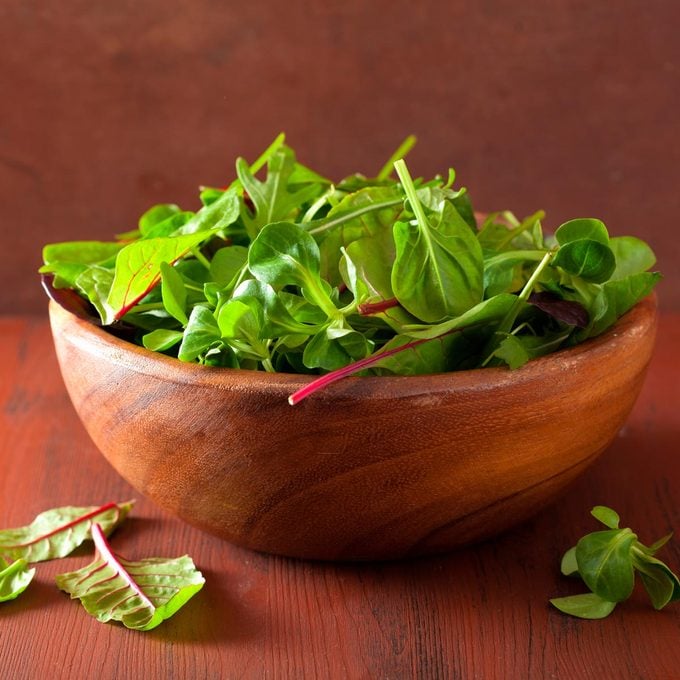How to Care for Wooden Bowls
Updated: Nov. 26, 2021
All the do's and don'ts of cleaning and caring for wooden bowls.

Nothing matches the extraordinary patina of a well-cared-for wooden bowl. In many ways, it speaks of the bowl’s history. And yet, a wood bowl is also immensely practical and surprisingly resilient. So if you’re wondering how to clean wooden bowls and how to care for them afterward, here are the do’s and don’ts.
On This Page
Which wood is best?
New Hampshire Bowl & Board recommends woods such as cherry, maple and walnut for their innate beauty and color. Acacia wood is also popular because it’s durable and has lovely grain. Bamboo bowls are becoming more popular but may not last as long as hardwood bowls.
How should I store my bowl?
Wooden bowls are surprisingly resilient and can be stacked together to save space. Open shelving is a great option if you’re showing off a lovely bowl. Alternatively, roll-out shelving makes them easily accessible.
How often can I use my bowl?
If you own a high-quality bowl, or if it’s a family heirloom, it’s tempting to “save it” and only use it occasionally. But wooden bowls are intended for everyday use, as the regular washing, drying and buffing keep them in optimum condition. Salad oils can also help keep the wood in good shape.
What kind of food can I serve in my wooden bowl?
Traditionally, wooden bowls are used for salads or popcorn. But you won’t harm your bowl by serving wetter foods like stews, chili, pot roasts and meat. It’s also great for breakfast cereals, and sides like coleslaw.
How sturdy is my bowl?
A good wood bowl will resist damage from sharp knives. You can make salad dressing right in your bowl without damaging it. But if it does get marked or scratched, you can always restore it. Did you know that you can banish small scratches in wood with a walnut? And never put your wooden bowl in the microwave. The extreme heat will damage it.
How do I restore a neglected bowl?
Start by cleaning with steel wool or abrasive paper to remove any surface residue and to even out any dents or nicks.
If the bowl retains food smells such as garlic, sprinkle the inside liberally with salt and rub with a half of a lemon. If the bowl was used for raw meat, wash it out with a 50/50 solution of white vinegar and water, or a similar combination of water and three percent hydrogen peroxide.
A sticky residue on the surface can also be cleaned by putting your bowl in a warm oven to let the old oils seep out, and then re-seasoning it afterward with fresh oil.
It’s essential to use the right oil for rejuvenating your bowl. Food-grade mineral oil will improve your bowl’s resistance to water and salad oils. Apply it liberally with a soft cloth or paper towel and let it soak in well, overnight if possible. Then wipe off the excess and buff until the oil is absorbed completely.
How do I clean my bowl?
Once you’ve restored your wooden bowl to its former glory, use it regularly. After each use, wash it with mild dish soap and warm water and dry immediately. Never leave your bowl to soak or to dry naturally because it can crack and warp. For the same reason, don’t leave your bowl in the fridge or full of moist food, and don’t even consider putting it in the dishwasher! (But you can clean some surprising things in a dishwasher!)
A wooden bowl is a thing of beauty. Care for yours properly and it will retain that beauty for years to come.



















